ENTITY
A Chess Variant By Simon Edward JeppsDownload ~ PDF ↷ ⋱
Introduction
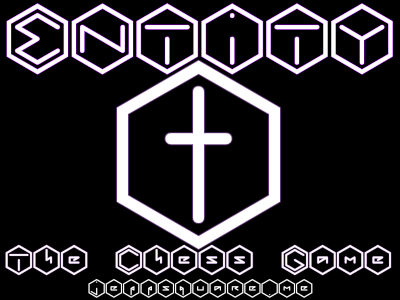 Many years ago whence a child, I used to play "Telepathic Chess" with my father. It was often a way to ease the stress of long drives to London, or across France in our Austin Ambassador.
Many years ago whence a child, I used to play "Telepathic Chess" with my father. It was often a way to ease the stress of long drives to London, or across France in our Austin Ambassador.
If you have never played "Telepathic Chess" it is very difficult. Players sacrifice the physical board and pieces for a conversation with their minds.
Moves are spoken and the image built in the consciousness of each player. This practise immensely improves memory skills.
Today I was reminiscing on my holidays in France and the great telepathic Chess battles with my father as a child and, as I was playing through a vaguely familiar game, it suddenly dawned on me. The piece I played was a Bishop, but unawares to my father, the piece he played... was an Entity.
"Entity...?" you ask, "What in Neverland is that?"
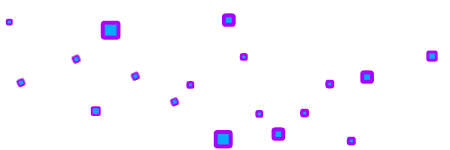
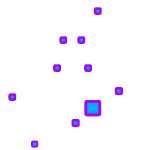
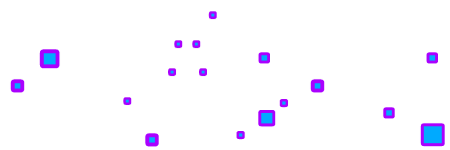
Playing The Entity
The Entity is as its name describes, an unseen spirit upon the board. It has no face, or figurine, no physical footprint or place to be seen. For the Entity exists only in your consciousness.When we play "Entity Chess" we begin with a regular Chess set and play in the Classical regular manner.
Yet each player owns one Entity, a spiritual piece with no physical presence, but which may "metaphysically" enter play at any time.
In addition to this special piece, players keep one communal piece of card on the table, upturned so as what is written cannot be seen. This is the Entity Card.
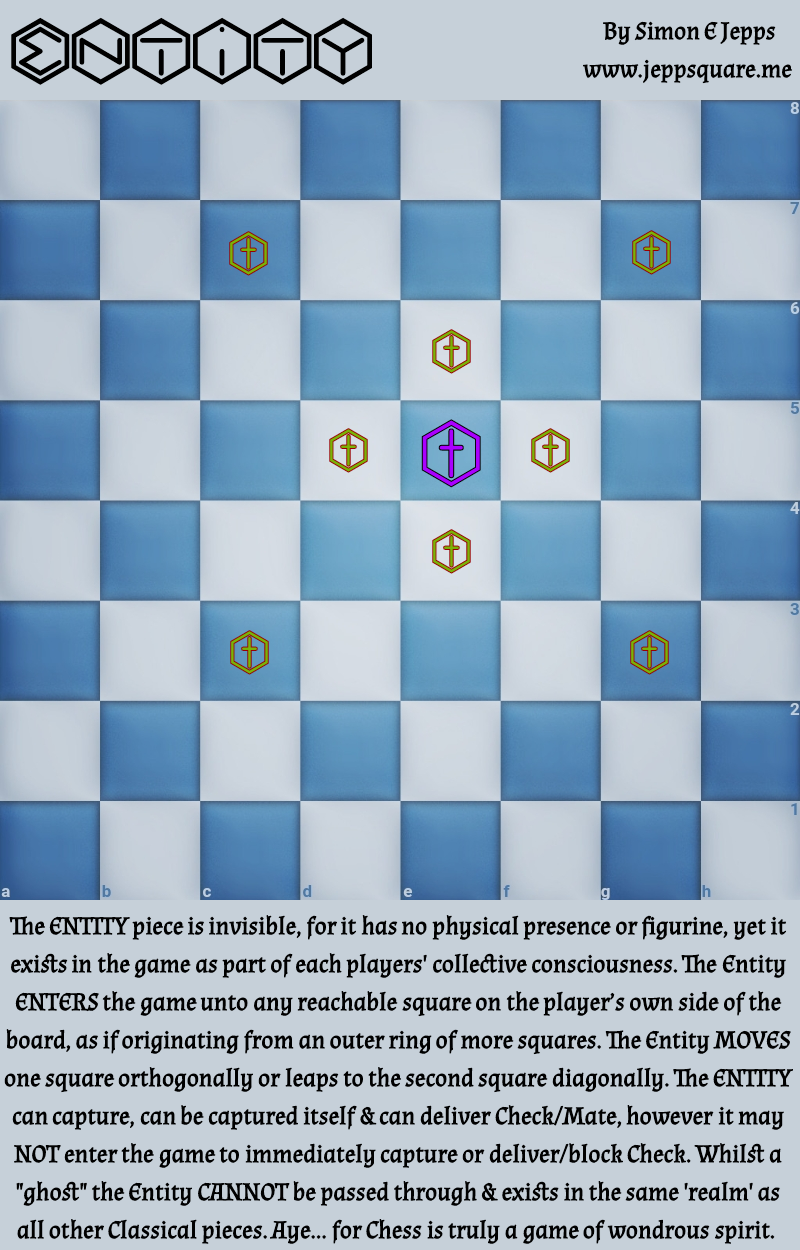 Whenever a player moves his/her Entity, the player announces the move by algebraic notation to the opponent and then writes its new location on the Entity Card. The card is then turned upside down so it can no longer be read.
Whenever a player moves his/her Entity, the player announces the move by algebraic notation to the opponent and then writes its new location on the Entity Card. The card is then turned upside down so it can no longer be read.
Aside from when you move your own Entity and write its new location on the card, you are NOT permitted to look at the card and remind yourself of your opponent's position ~ OR unless to resolve a dispute.
The Entity enters the game by announcement, as if originating from an invisible outer ring of squares, unto any reachable square on the player's own side of the board.
However the Entity may NOT enter the game if to:
- Deliver Check
- Block Check
- Capture
Whilst a "ghost" the Entity is equally as real as any other piece. Thus it may not be moved "through" as if it were not there, nor have its presence "occupied" by either player, but instead may capture and be captured in the same way as all the other Classical pieces themselves.
Indeed the Entity can deliver Check Mate.
There is only ONE Entity per player because it is a specially strong piece and besides, the average Chess player would find it difficult to handle more Entities on the board.
Notational Points
The Entity piece is notated with an "E".Whence communicating through Chess diagrams or computer interfaces, any kind of icon may be used, since even Classically there are no rules.
In regards to computer opponents, the method of play would be the same, the Entity only shown on board whence making a move, or perhaps sacrificing "lives" or something of the kind.
Of course, if recording tournament games, then the Entity card might needn't be used since a player could merely look at his own game record. However in the possible case of players altering their record, it would be wiser to use an Entity card to settle disputes.
Nevertheless, the mere invisibility of the Entity is the fundamental key to its elusively cunning strategical character.
It is this skillful engagement of memory which will deliver the Entity's worthy purpose in any competition scenario.



Understanding The Entity
The problems with evolving Chess are vast and these stem not only from mathematics but also from aesthetical and commercial appeal.On a mathematical point, increasing the size of the board renders existing mechanics incompatible and increasing the number of pieces requires not only a larger board but a naturally sophisticated formulae for making it work ~ and all the natural moves are already assigned.
On an aesthetical point, the historic adoration for the Classical 64 square game is so ingrained in our hearts and minds that altering its character would require a planet sized argument, even though most grandmasters agree the game must nevertheless evolve.
On a commercial point, a new game requires new materials, new equipment and the dedicated effort to publicise and promote a limitless amount of these new purchasable Chess sets. The demand must be great enough to warrant manufacture.
Here then we have a piece which requires none of the above. For it does not even exist.
Mathematically it creates balance by replenishing diversity of "leaper" presence ~ a second yet 'moderate' leaper is herein required ~ and also provides greater diversity of short range combat. Aesthetically it speaks wondrous volumes for itself and commercially it has no competition.
Academically...? If ever there was a Chess piece with the power to enhance cognitive intelligence more than ever before in history, then the Entity is that piece.
Aye, its unchartered grace about the Chess board is purely of the player's own consciousness. Yet at the same time, its powerfully elusive influence and unmatched strategical character is of the utmost reality.
For the Entity is itself the deliverance of a new piece without dimension and a new peace without compromise ~ for now Chess can evolve unto ever deeper realms sans the paradox of sanctimonious change and onwards forevermore with the eternal grace of its masters.
Thank you for reading.
 |  |



